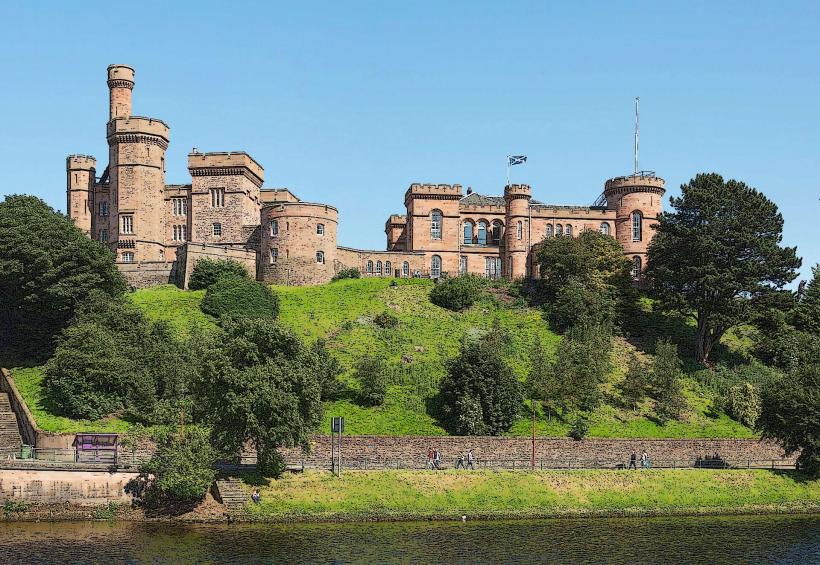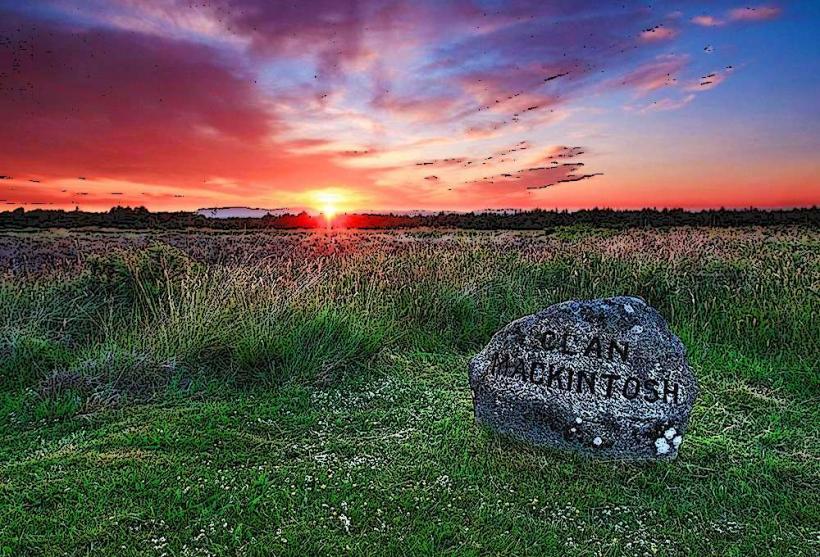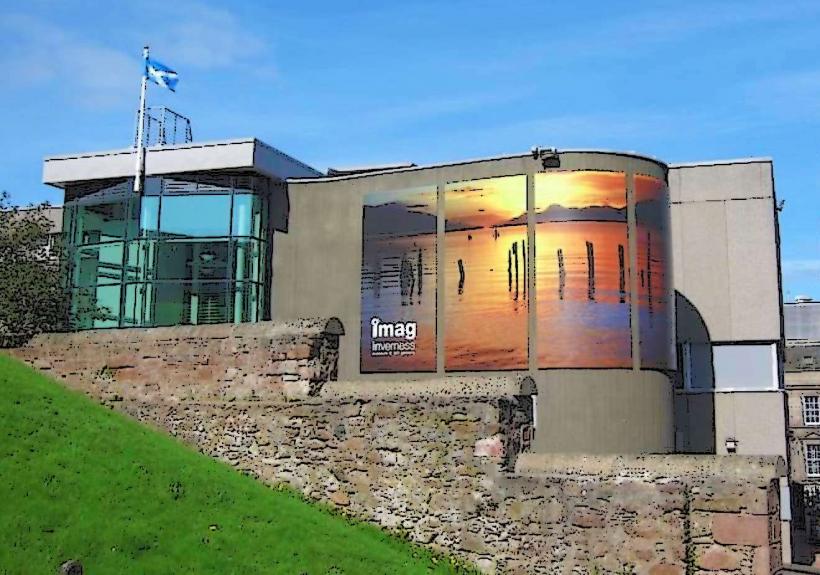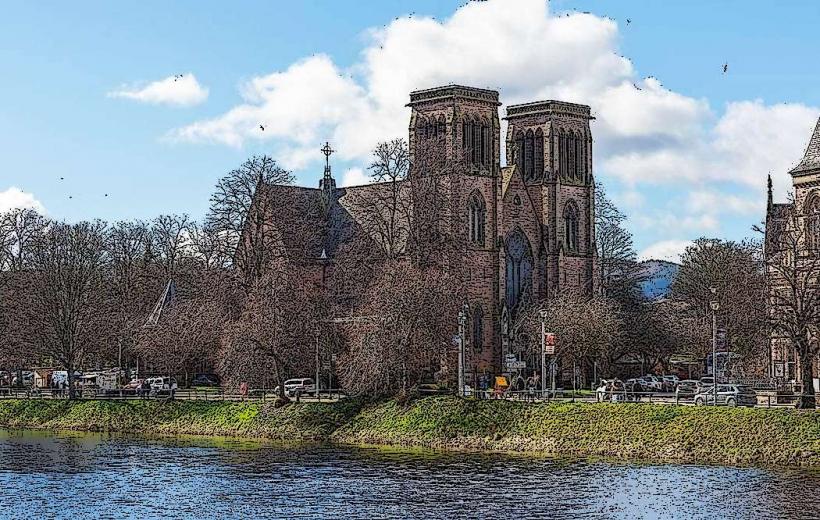Information
Landmark: Loch NessCity: Inverness
Country: United Kingdom
Continent: Europe
Loch Ness is one of the most famous lakes in the world, located in the Scottish Highlands. It is renowned not only for its scenic beauty but also for the enduring legend of the Loch Ness Monster, affectionately known as Nessie. The loch is part of the Great Glen geological fault and stretches over 22 miles (35 kilometers) from Inverness in the northeast to Fort Augustus in the south. It is Scotland's second-largest body of freshwater by surface area and is also among the deepest, reaching a maximum depth of about 755 feet (230 meters).
Geographical Features and Location
Location: Loch Ness is situated in the Scottish Highlands, just southwest of Inverness, the capital of the Highland Council area. It lies along the A82 road, which runs from Glasgow to Inverness, making it an accessible destination for tourists. The loch is part of the Great Glen, a natural fault line that runs diagonally across Scotland from Loch Linnhe in the west to Moray Firth in the east.
Size and Depth: The loch spans approximately 22 miles (35 kilometers) in length and ranges from about 1 to 2 miles (1.5 to 3 kilometers) wide. Its maximum depth of 755 feet (230 meters) makes it the deepest freshwater loch in the UK and one of the deepest in Europe. Loch Ness holds a vast amount of water, more than all the lakes of England and Wales combined.
Water Quality: The waters of Loch Ness are dark and murky, which is due to the presence of decaying vegetation and peat in the surrounding soil. This gives the loch its distinct dark color, which also contributes to the mystery and allure of the place.
Historical and Cultural Significance
Early History: Loch Ness has been a significant location in Scottish history for centuries. The surrounding region has been inhabited since the Iron Age, and many ancient stone circles and forts can be found around the loch. One of the earliest written references to Loch Ness comes from the 6th century, when the Irish monk St. Columba is said to have encountered a "water beast" in the loch.
Inverness and the Great Glen: Loch Ness is part of the Great Glen, a fault line that has been of strategic importance throughout history. The glen has served as a natural corridor for travel and trade, linking the Atlantic Ocean to the North Sea. The area has also been a site of numerous battles, with many historic sites and monuments dotting the landscape around the loch.
The Loch Ness Monster (Nessie): Loch Ness is globally famous for the legend of Nessie, the mythical creature said to inhabit the waters. The first modern sightings of the Loch Ness Monster date back to 1933, when a local couple claimed to have seen a large, serpent-like creature in the loch. Since then, there have been numerous reported sightings, photographs, and videos, though none have provided definitive evidence of Nessie's existence. The creature has become a central part of the local culture, and the myth continues to draw visitors to Loch Ness, making it one of the most-visited destinations in Scotland.
Loch Ness Today
Tourism: Today, Loch Ness is a major tourist destination, attracting visitors from around the world who come to see the loch itself, explore its history, and search for the elusive Nessie. The region around Loch Ness is rich in history, offering a range of castles, monuments, and historic sites to explore.
- Urquhart Castle: One of the most iconic landmarks on Loch Ness is Urquhart Castle, located on the western shore of the loch. The ruined castle has a rich history dating back to the 13th century, and it offers stunning views of Loch Ness. The castle is also a popular site for Nessie sightings.
- Loch Ness Centre and Exhibition: Situated in Drumnadrochit, a village on the shore of the loch, the Loch Ness Centre and Exhibition provides insight into the history and folklore of the Loch Ness Monster. It also explores the natural history of the loch and its geological significance.
- Boat Tours: Several boat tour companies operate on Loch Ness, providing visitors with the opportunity to explore the loch from the water. These tours often include historical commentary and stories about Nessie, adding to the mystery and allure of the experience.
- Nessie Souvenirs: Visitors can find a range of Nessie-themed souvenirs and memorabilia in the nearby villages and shops, capitalizing on the worldwide fame of the Loch Ness Monster.
Wildlife and Nature: The loch and its surroundings are rich in wildlife and natural beauty. The wooded shores and rolling hills provide a habitat for a variety of birds and animals, including red deer, otters, and eagles. The loch is also home to a variety of fish species, including brown trout, salmon, and pike.
- The surrounding Highland scenery offers stunning views of mountains, forests, and the loch itself, making it a popular destination for nature lovers and photographers. The area is a great place for hiking, wildlife watching, and outdoor adventures.
Legend of the Loch Ness Monster
The Mystery of Nessie: The legend of the Loch Ness Monster has captivated the imagination of people around the world for decades. The first modern sightings were reported in 1933, and since then, there have been numerous claims of sightings, photographs, and even videos of the creature.
- The most famous photograph is the "Surgeon's Photo" from 1934, which purportedly shows a large creature with a long neck and small head emerging from the water. However, the authenticity of this photo has been widely debated, with some suggesting it was a hoax.
- In the years following, several sonar scans and expeditions have been conducted in search of the monster, but none have provided conclusive evidence of Nessie’s existence. Despite this, the legend continues to thrive, with many visitors coming to Loch Ness in the hopes of spotting the elusive creature.
Skeptical Views: Many experts believe that the sightings of Nessie can be attributed to misidentifications of logs, waves, swimming animals, and other natural phenomena. Some suggest that the myth of the Loch Ness Monster may have been fueled by the loch's mysterious appearance and the area's cultural fascination with legends and folklore.
Local Infrastructure and Access
Transport: Loch Ness is easily accessible by car, especially from Inverness, which is about a 20-minute drive to the north of the loch. The A82 road runs alongside the loch, providing stunning views and access to various landmarks. There are also bus tours and train services to Inverness, with connections to the loch.
Accommodations: The area around Loch Ness has a wide range of accommodation options, from luxury hotels to bed and breakfasts and self-catering cottages. Many accommodations are located along the loch's shores, offering picturesque views and easy access to local attractions.
Safety and Preservation: Loch Ness is a popular tourist destination, but visitors are encouraged to respect the natural environment and follow safety guidelines when taking part in activities like boat tours, hiking, or swimming. Conservation efforts are in place to preserve the loch’s natural beauty and protect the wildlife that inhabits the area.
Conclusion
Loch Ness is a place of natural beauty, historical intrigue, and cultural significance. From its deep, dark waters to the towering hills that surround it, the loch has captivated visitors for centuries. Whether one is drawn to the legend of the Loch Ness Monster, the breathtaking scenery, or the rich history of the region, Loch Ness remains one of Scotland's most beloved and iconic destinations. It is a place where myth and reality blend seamlessly, making it a must-visit for anyone exploring the Scottish Highlands.





